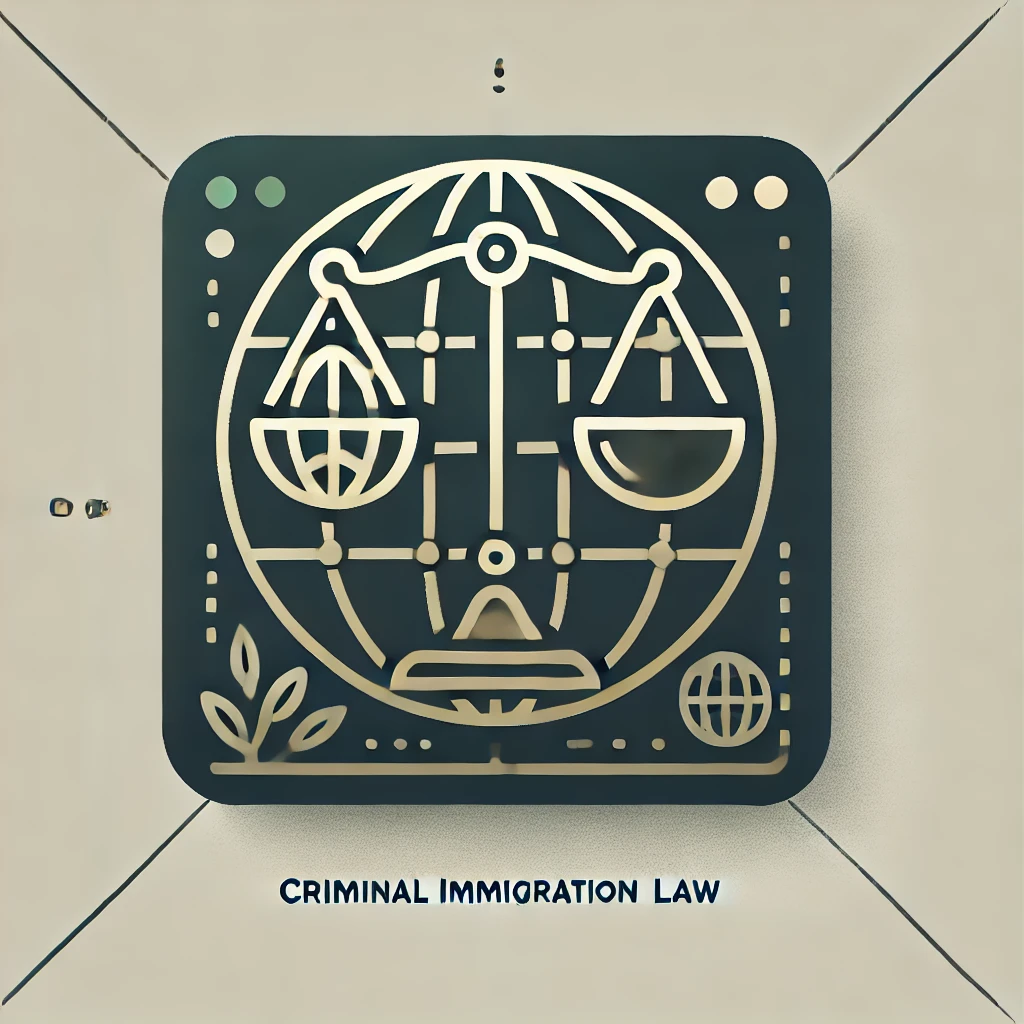Filing Form I-485 Out of Status? Key Exceptions You Must Know can feel like navigating a maze blindfolded. If you’ve ever wondered whether you can adjust your status despite falling out of status, you’re not alone. This guide will walk you through the crucial exceptions that might just save your application from being denied. Ready to uncover the secrets that could change your immigration journey?
Understanding Filing Form I-485 Out of Status,
Why Status Matters in Adjustment of Status,
Key Exceptions to Filing Form I-485 Out of Status,
Exception 1: Immediate Relatives of U.S. Citizens,
Exception 2: Asylum Applicants and Refugees,
Exception 3: VAWA Self-Petitioners,
Exception 4: Special Immigrant Juveniles,
Tips for Successfully Filing Form I-485 Out of Status,
Key Takeaways,
Conclusion: Don’t Wait to Get Help
Understanding Filing Form I-485 Out of Status
So, what does it really mean to be “out of status”? Simply put, it means you’ve overstayed your visa or violated the terms of your lawful presence in the U.S. When it comes to filing Form I-485 out of status, many people panic, thinking their chance to adjust status is gone forever. But here’s the good news: the immigration system has carved out some exceptions that might just work in your favor.
Why Status Matters in Adjustment of Status
Imagine you’re trying to board a train, but your ticket is expired. That’s kind of what being out of status feels like when applying for adjustment of status. USCIS generally requires applicants to be “in status” to file Form I-485, but the law isn’t always black and white. Understanding why status matters helps you see why exceptions exist and how they can be your lifeline.

- Maintaining lawful status shows compliance with immigration laws.
- Out of status can trigger bars to reentry or denial.
- Exceptions exist to prevent harsh penalties for deserving applicants.
Key Exceptions to Filing Form I-485 Out of Status
Ready for the golden nuggets? Here are the main exceptions where you can still file Form I-485 out of status without hitting a dead end.
Exception 1: Immediate Relatives of U.S. Citizens
If you’re an immediate relative—think spouse, parent, or unmarried child under 21—of a U.S. citizen, you’re in luck. The law gives you a special pass to file Form I-485 out of status without worrying about unlawful presence bars. This exception is a game-changer for many families.
USCIS taking too long? Discover how a Mandamus lawsuit can get your case moving.
Learn How a Writ of Mandamus Can HelpException 2: Asylum Applicants and Refugees
Have you applied for asylum or been granted refugee status? Then you might qualify to adjust status even if you slipped out of status. The U.S. recognizes the unique circumstances asylum seekers face, allowing them to file Form I-485 out of status under certain conditions.
Exception 3: VAWA Self-Petitioners
Victims of abuse under the Violence Against Women Act (VAWA) have a special shield. If you’ve self-petitioned under VAWA, you can file Form I-485 out of status without the usual penalties. This exception protects vulnerable individuals seeking safety and stability.
Exception 4: Special Immigrant Juveniles
For minors who have been abused, abandoned, or neglected, the Special Immigrant Juvenile (SIJ) status offers a path to adjustment. Even if you’re out of status, you can file Form I-485 thanks to this compassionate exception designed to protect children.
Tips for Successfully Filing Form I-485 Out of Status
Filing Form I-485 out of status isn’t just about knowing the exceptions—it’s about playing your cards right. Here are some tips to boost your chances:
Get complimentary general advice via email or WhatsApp!
For more in-depth legal counsel, phone or office consultations are available for a flat fee for up to 40 minutes.
Contact Us on WhatsApp Email us- Gather strong evidence: Proof of your relationship, status, or eligibility is key.
- File on time: Don’t delay once you realize you qualify for an exception.
- Consult an immigration attorney: They can spot pitfalls and help you navigate tricky waters.
- Be honest: Full disclosure avoids future complications.
- Prepare for interviews: Confidence and clarity can make a big difference.
Key Takeaways
- Filing Form I-485 out of status is possible under specific exceptions.
- Immediate relatives of U.S. citizens have the broadest protections.
- Asylum seekers, VAWA petitioners, and SIJ beneficiaries have unique pathways.
- Timely filing and strong evidence are critical to success.
- Legal advice can dramatically improve your application outcome.
Conclusion: Don’t Wait to Get Help
Feeling out of status can be scary, but remember, you’re not alone and there’s hope. The exceptions to filing Form I-485 out of status exist for a reason—to give deserving people a second chance. Don’t wait until it’s too late. Reach out to an experienced immigration attorney early to explore your options and build the strongest case possible. Your future in the U.S. might be closer than you think!
Related Articles You’ll Want to Read Next
- How Immediate Relative Status Shields You When Filing I-485 Out of Status
- Step-by-Step Guide to Filing I-485 After Overstaying Your Visa
- Understanding the Impact of Unlawful Presence Bars on Adjustment Applications
- VAWA Self-Petitioners: Navigating I-485 Filing Without Lawful Status
- Asylum Seekers’ Path to Adjustment: What You Need to Know
- Special Immigrant Juvenile Status Explained: Filing I-485 Out of Status
- Common Mistakes to Avoid When Filing I-485 Out of Status
- How to Prepare for Your I-485 Interview When Out of Status
- Legal Strategies for Overcoming I-485 Denials Due to Status Issues
- Advanced Tips for Building a Strong I-485 Case Despite Status Challenges
